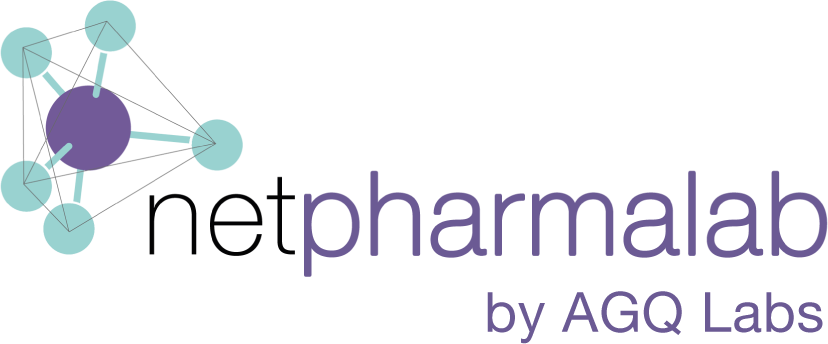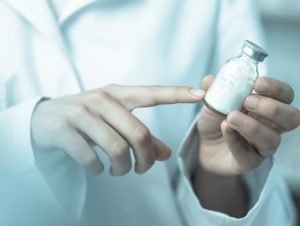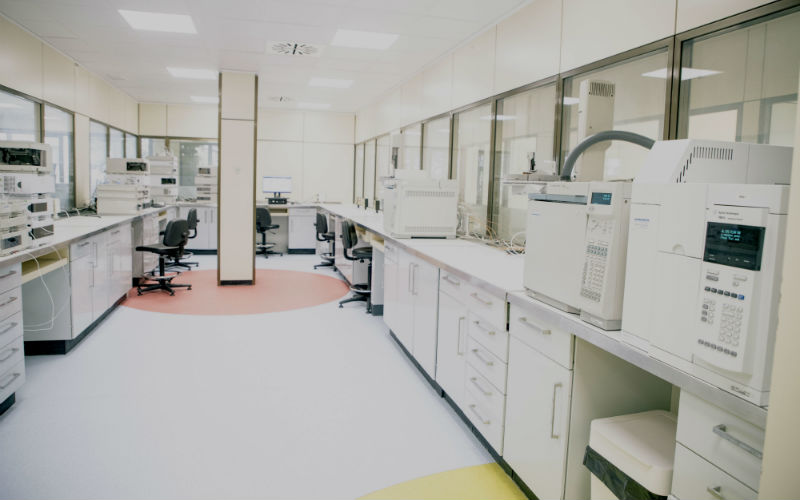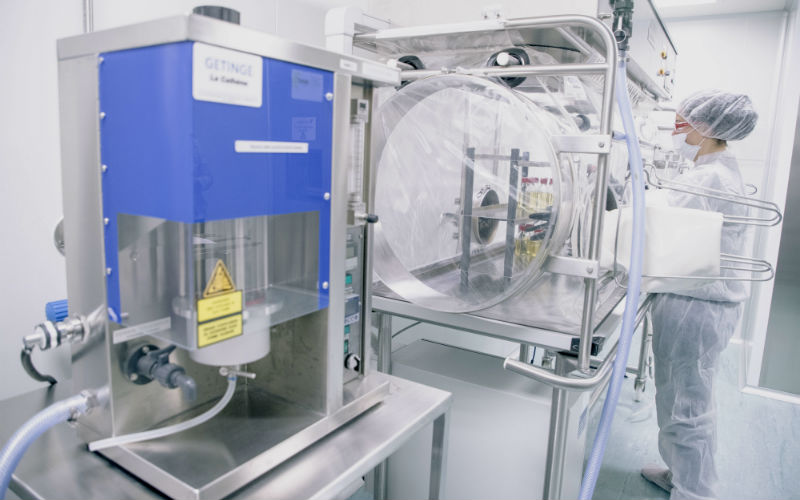In the pharmaceutical lyophilization, water is extracted from a drug, maintaining its properties and extending its shelf life, and then easily reconstitute it by adding water
Pharmaceutical lyophilization, also known as dehydrofreezing, is defined as a process in which a completely frozen sample is placed under vacuum to eliminate the water or other solvents it contains. In this way, the ice will go from a solid state to a vapor state without first passing through the liquid phase.
The water contained in pharmaceutical products is usually the cause of their degradation over time, so thanks to pharmaceutical freeze-drying it will be possible to extend their shelf life. During the process, the temperature is controlled at all times, avoiding product degradation.
The growth of pharmaceutical lyophilization processes is a consequence of the exponential rise of the biotechnology sector, the increase in biological products, the upcoming drop in patents for these products, the R&D of new molecules focused on biological products and the growth of formulations injectables that largely require lyophilization.
Process phases
First of all, it contemplates freezing, that is, the transformation of the basic product by extracting heat to create a state suitable for drying by sublimation. Primary drying is then undertaken, with sublimation of the ice taking place on the surface of the product. The sublimated surface is retracted into the product and the resulting value must be driven by pre-dried outer layers. Then comes the secondary or final drying, which reduces residual moisture to a minimum, removing the bound water by absorption from the internal surface of the product. Finally, post-treatment will protect the dried product by closing the containers before removing them from the freeze dryer.
What products is it used for?
Lyophilization allows the conservation of pharmaceutical products, also called freeze drying, it can be applied to all types of products such as pharmacological products, antibiotics, antitoxins, bacteria/viruses, enzymes, cultures, reagents, tissues, vaccines and hormones.
Advantages of freeze drying
Without a doubt, lyophilization or freeze drying represents great advantages and opportunities. It involves minimal damage and loss of activity, low residual humidity, long product shelf life, conservation without special precautions, simple reconstitution, possibility of sterile manufacturing and implementation of precise dosage.
The challenges of pharmaceutical lyophilization
The objectives of pharmaceutical cryodesiccation or lyophilization are to be able to face the high investment and maintenance costs, as well as the high costs of start-up, commissioning and validation.
In summary, lyophilization is a particularly valuable technique in pharmaceutical production, since it allows the stability of the active ingredients to be an unquestionable priority. Likewise, it is capable of opening the doors to new advances in the manufacture and conservation of medicines and pharmaceutical products, especially biological medicines.


